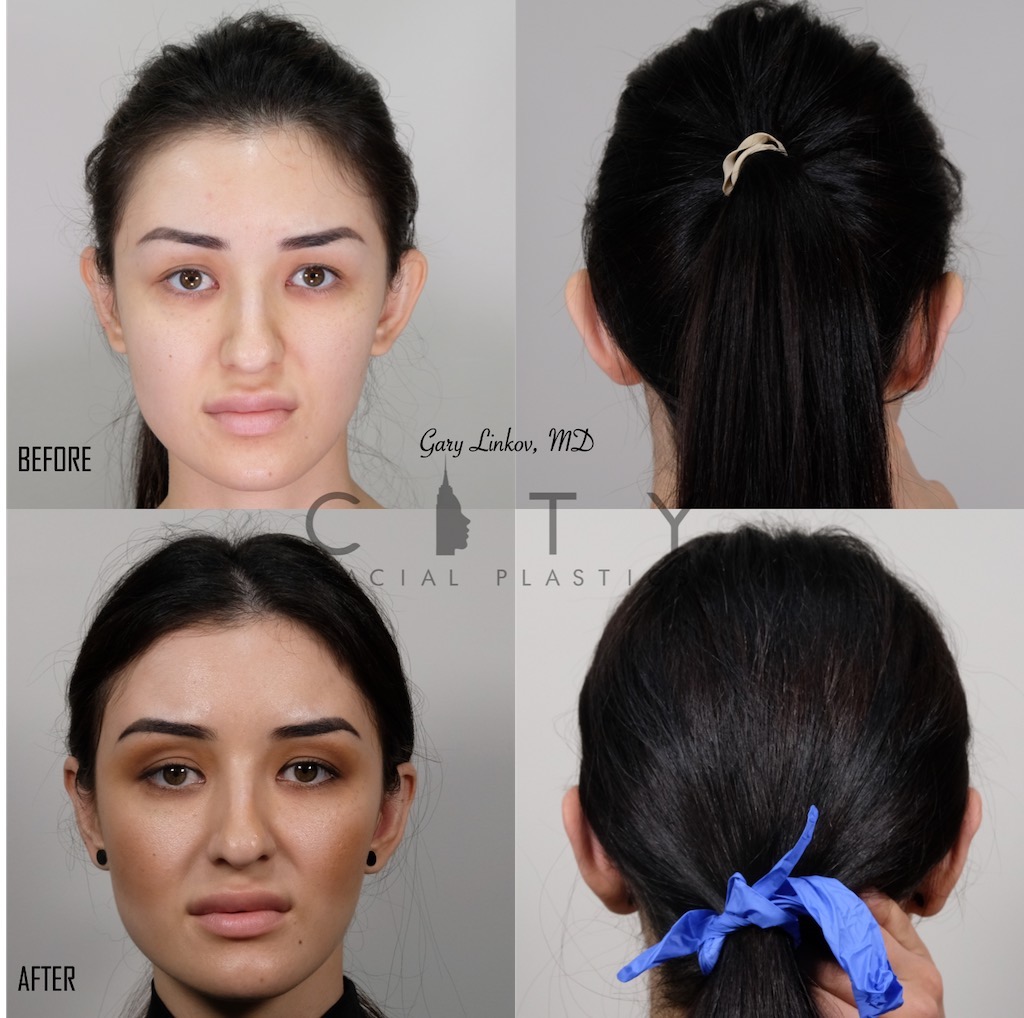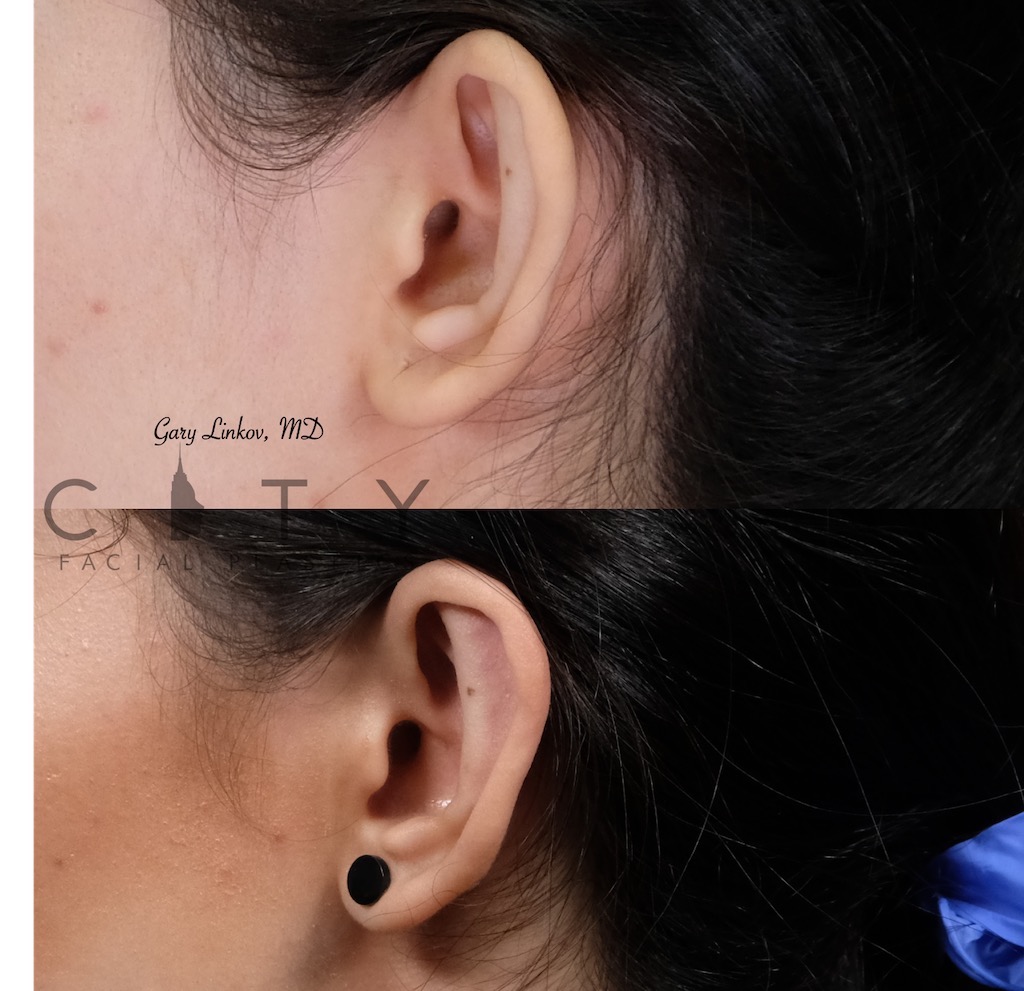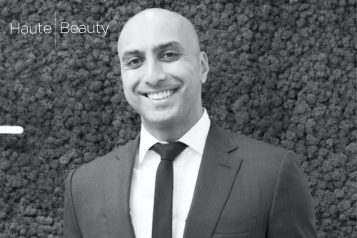Dr. Gary Linkov is a dual Ivy League educated facial plastic surgeon. A native of New York, he graduated as salutatorian from Cornell University with a focus on psychology. Before, during, and after his undergraduate years, Dr. Linkov pursued advanced art training in painting, sketching, and sculpture, including a six-week scholarship program in Florence, Italy at the Lorenzo de’ Medici Italian International Institute. Dr. Linkov sits down with Haute Beauty to learn more about otoplasty, or ear pinning surgery.
 Photo Credit: Photo courtesy of Dr. Gary Linkov
Photo Credit: Photo courtesy of Dr. Gary Linkov
HB: What is an Otoplasty?
Otoplasty refers to ear pinning surgery that addresses a prominent ear (or lop ear). During prominent ear correction surgery, cartilage may be cut, removed, or left in place and modified with suture to accomplish the main objective. The skin may also be removed to avoid bunching as the ear pin back surgery is performed.
HB: How does an Otoplasty work?
There are various techniques used to perform ear pinning surgery, including:
- Incisionless otoplasty – No incisions are made, but cartilage may need to be scored and sutures are used.
- Conchal setback – The back of the ear is exposed through an incision and the concha is “set back” against the mastoid bone using suture. Sometimes a piece of the conchal cartilage is removed or weakened to further assist the setback.
- Mustarde sutures – Used to recreate an antihelix with a series of strategically placed ear sutures done from the backside of the ear. Typically permanent sutures are used.
- Cartilage sculpting – Many cartilage cutting or reshaping techniques are used for specific indications
Dr. Linkov finds that a common combination of techniques for otoplasty in his practice at City Facial Plastics in New York is a conchal setback and mustarde sutures. The reason for this is that most patients have both an underdeveloped antihelix and an oversized conchal bowl. This combination addresses the vast majority of prominent ears in an elegant and long-lasting way.
Adolescent and adult patients are treated in an office procedure room or an accredited surgical suite in a private setting. Local anesthesia is used to eliminate pain during otoplasty surgery. Deep sedation or oral sedation can also be used depending on patient and surgeon preference.
 Photo Credit: Photo courtesy of Dr. Gary Linkov
Photo Credit: Photo courtesy of Dr. Gary Linkov
HB: Is ear pinning a common procedure?
Yes. Prominent ears can be a common reason for ridicule in both children and adults. Men and women frequently use their hair to hide this facial feature. People are often ashamed to show others their ears if they protrude too far from the head or have an unusual shape. Having the ears corrected often restores confidence and gives people the option to wear different hairstyles.
HB: How long is the surgery?
If the procedure is to be performed in an office setting, you will take the prescribed medications in the office just before surgery as instructed by Dr. Linkov. Otoplasty NYC is generally performed under local anesthesia so the pain will be minimal, if any, during your procedure. An otoplasty takes 1-2 hours per ear. Including time spent checking in to the doctor’s office, marking out the surgical sites, anesthesia injections, surgery, and recovery, you should plan to be at your doctor’s office for at least 4 hours.
HB: Who is a good candidate for an Otoplasty?
The surgeon must evaluate each ear separately and assess the size, shape, and relationship to the scalp. An appropriate prominent ear correction surgical technique for the ear pinning surgery must then be selected. A good candidate for an otoplasty procedure is of sufficient age, is medically stable for elective surgery, and has the characteristic appearance of prominent ears.
HB: How long is the recovery time after an Otoplasty?
After the ear pinning surgery and before you leave the office, a secure bandage will be applied around the ears. Bruising and swelling are expected for 1-2 weeks. At one to three days you will return to the office to have your dressing removed – following this you will be instructed to use a light compression garment for an additional 2-3 weeks throughout the day. The skin sutures used are dissolvable. Avoid scratching or manipulating your ears for 2 weeks following surgery and strenuous activities and contact sports for 3 weeks.
HB: How much does it cost?
An otoplasty is typically $1000-$4000 per ear for the surgeon's fee. If the procedure is performed under deep sedation or general anesthesia additional costs may apply.























